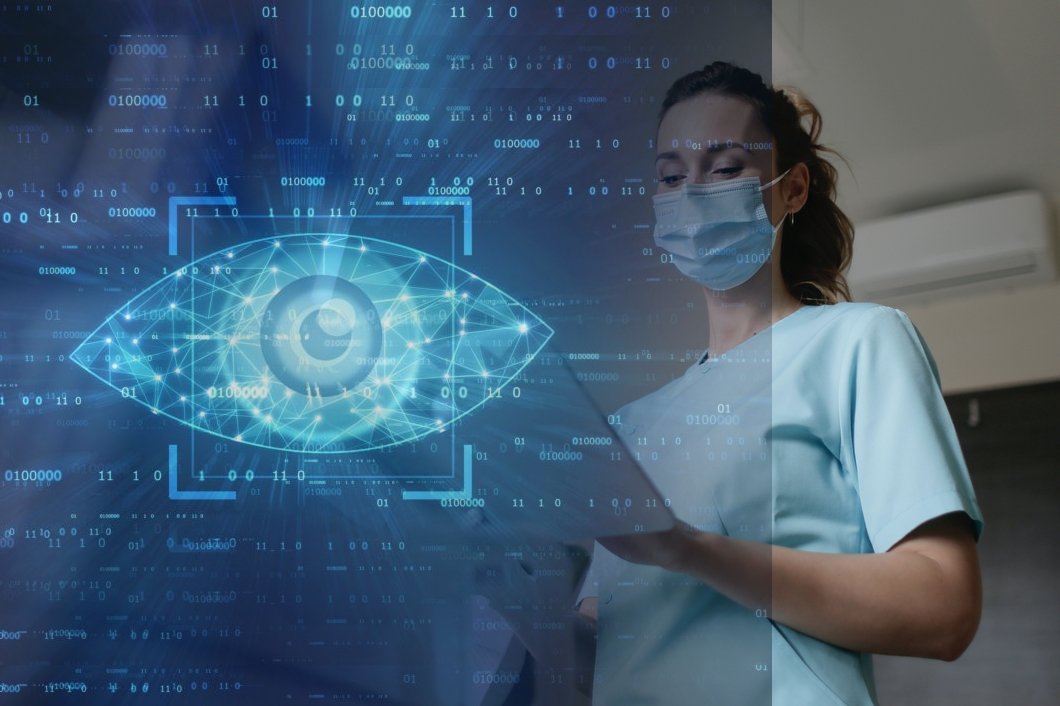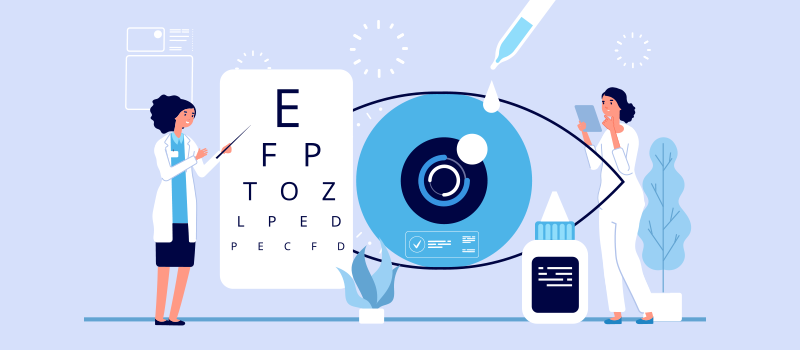Vision Gesundheit: Enhancing Health Through the Lens of Innovation
The Role of Vision in Health and Well-being
Vision is a fundamental component of human health, influencing various aspects of our daily lives and overall well-being. Poor vision can lead to challenges in education, employment, and social interactions, impacting mental and physical health. By understanding the importance of **visual health**, we can take proactive steps towards maintaining and improving it. **Preventative eye care** encompasses routine examinations and timely interventions to avoid serious vision issues down the line, allowing individuals to live healthier, more fulfilling lives.
Understanding Eye Health and Common Issues
Many individuals overlook the significance of regular eye examinations, leading to preventable conditions such as glaucoma, macular degeneration, and diabetic retinopathy. Regular check-ups can detect these issues early, allowing for intervention before they severely affect vision. It’s essential to understand symptoms such as blurry vision, eye strain, or frequent headaches as indicators that it’s time for an **eye appointment**. Prioritizing **visual wellness** not only benefits personal health but also enhances productivity in daily activities.
The Importance of Preventative Eye Care
Implementing a preventative approach to eye care can significantly enhance one’s overall quality of life. This includes regular eye tests, maintaining a healthy lifestyle, and protecting the eyes from harmful UV rays and blue light emissions from screens. Dietary choices also play a significant role; foods rich in antioxidants, such as leafy greens and fish rich in omega-3 fatty acids, have been proven to contribute to better eye health. Integrating these habits into daily life not only protects your vision but also promotes longevity and vitality.
Technology’s Impact on Visual Health
Advancements in technology have opened new avenues for monitoring and enhancing vision through innovative solutions. Artificial intelligence and machine learning are being leveraged to diagnose eye conditions with greater accuracy and speed. Tools that utilize **computer vision in healthcare** can analyze retinal images swiftly, identifying potential issues faster than ever. Technologies like these are critical in transforming how we approach **vision care**.

Telemedicine and Eye Care
Telemedicine has recently revolutionized how patients access eye care, especially in rural or under-served areas. Virtual consultations allow for timely diagnosis and monitor ongoing treatments without needing the patient to travel far. Through digital platforms, professionals can conduct preliminary screenings, making eye care more accessible and efficient. This shift toward an integrated digital approach in **ocular health** provides a unique opportunity to enhance the patient experience while ensuring optimal outcomes.
Patient Engagement and Education
Another significant benefit of technological advancements lies in engaging patients through educational tools. By harnessing the power of apps and online platforms, healthcare providers can offer resources that educate patients on maintaining eye health. From videos on proper eye care practices to reminders for regular check-ups, these tools bridge the gap between knowledge and action, encouraging proactive behavior that supports long-term health. Patient empowerment in eye health not only fosters better outcomes but also creates a community focused on wellness.
Practical Steps for Maintaining Eye Health
Maintaining **optimal eye health** is a multifaceted endeavor that blends routine care and lifestyle habits. Strategies include scheduling regular eye examinations, wearing protective eyewear in appropriate circumstances, and being mindful of digital screen usage to prevent strain. Implementing the 20-20-20 rule—taking a 20-second break to look at something 20 feet away every 20 minutes while using a computer—can effectively reduce eye fatigue. Prioritize your vision and make these habits part of your daily routine for long-term benefits.
Nutrition’s Role in Vision Health
Nourishing your body with the right foods is crucial for maintaining eye health. Essential nutrients such as vitamins C and E, lutein, and zeaxanthin can be obtained from various sources including fruits, vegetables, and fish. Incorporating these into your diet bolsters your visual health and strengthens your body’s ability to fend off age-related eye conditions. Consider meal prepping with these nutrient-rich ingredients to stay on track with your vision health goals.
Ergonomics and Workspace Design
Another often-overlooked aspect of eye care is the ergonomic design of workspaces. Poorly designed workstations can lead to a myriad of visual problems, including eye strain and permanent vision damage. Implementing an ergonomic setup—adjusting chair height, keeping screens at eye level, and ensuring proper lighting—can mitigate strain on the eyes during work hours. Additionally, maintaining a clutter-free environment can help maintain focus and reduce eye fatigue, promoting better productivity.
Key Takeaways
In summary, prioritizing vision健康 through proactive measures, technological advancements, nutrition, and ergonomics can significantly improve overall health and well-being. By taking steps to educate ourselves and embrace innovative solutions, we create a culture of eye care that promotes lifelong **visual health**. Your eyes deserve the same care and attention you give to the rest of your body, so act now to safeguard your sight.
FAQ
1. What are the signs that I need an eye exam?
Common signs include blurred vision, difficulty seeing at night, eye strain, and frequent headaches. If you experience these symptoms, it is essential to schedule an **eye appointment** for a comprehensive examination.
2. How does nutrition affect eye health?
Proper nutrition, rich in antioxidants and vitamins, plays a vital role in maintaining eye health. Foods rich in lutein, zeaxanthin, vitamin C, and omega-3 fatty acids can help prevent conditions like macular degeneration and cataracts.
3. Can technology assist with eye examinations?
Yes, technology such as AI and **computer vision** can significantly enhance the accuracy and efficiency of eye examinations, helping healthcare professionals identify issues quickly and effectively.
4. What lifestyle changes can protect my vision?
Implementing the 20-20-20 rule, regular eye check-ups, wearing protective eyewear, and leading a healthy lifestyle with balanced nutrition can all contribute to better eye health.
5. How often should I receive a comprehensive eye exam?
It is recommended to have a comprehensive eye exam every 1 to 2 years, or annually if you are experiencing vision problems or have certain risk factors for eye disease.
6. What are some effective ways to reduce eye strain while working?
Using proper lighting, taking regular breaks to fix your gaze on distant objects, and adjusting the screen for optimal distance can help mitigate eye strain, improving comfort during prolonged work hours.
7. Are there specific exercises for eye health?
Certain eye exercises can help reduce strain and improve focus, like near-far focus shifts or rolling your eyes. Regular practice can enhance the flexibility and strength of eye muscles.
